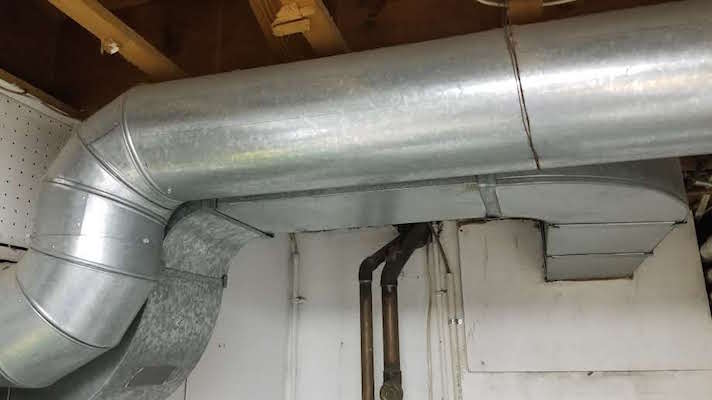In Decatur, AL and beyond, ductwork is what makes centralized HVAC systems work. Without ducts throughout your home, warm and cool air can’t make it to each room and floor, and even if it did, your energy bill would be so high you wouldn’t be able to run your system.
If you have a central HVAC system (AC, furnace, or boiler) then you have ductwork, and if you’re getting or upgrading such a system, you’ll need to get ductwork installed as well. It’s good to know which type will be the best for your home and situation.
There are four main types of ductwork:
- Flexible ducts.
- Sheet metal ducts.
- Fiberboard ducts.
- Fiberglass ducts.
Each type has its pros and cons.
Flexible Ducts. Flexible ducts are a popular choice in homes. Because they’re made of plastic and metal spring coils, they’re cheaper than other duct types and great for squeezing into smaller spaces (such as a home.) They look like long metal tubes, similar to what you’ll find behind your dryer.
- Pros: Flexible ducts are less costly than other options and are more budget-friendly than other duct types. When space is limited, flexible ducts can work well as a new installation or as replacement ducts.
- Cons: Because of their material, flexible ducts can spring leaks, provide too much resistance to airflow, or suffer damage if not installed correctly. Despite their apparent ease, problems can arise during installation if not done by a pro.
Sheet Metal Ducts. These rigid ducts are made of steel or aluminum and are the most common type, and often used in homes and commercial buildings.
- Pros: Sheet metal is durable, easy to clean, and tends to last a long time. Mold is not often an issue with sheet metal ducts.
- Cons: Sheet metal ducts may be more prone to noise and is often more expensive than other types and harder to work into tight spaces that other duct types might fit into.
Fiberboard Ducts. Fiberboard ducts are less expensive than sheet metal ducts and are made of fiberboard glued together with resin. Foil on the outside and fiberglass on the inside help insulate these ducts.
- Pros: These ducts can better fit into tight spaces than their sheet metal counterparts.
- Cons: Mold growth in these ducts can reduce air quality.
Fiberglass ducts. These ducts use fiberglass on the interior. The material helps stop heat loss and also helps to cut down on noise from your HVAC system.
- Pros: These ducts are great if you want less noise and wish to reduce energy loss while heating your home. They’re best used in environments where quiet is needed, such as offices, so they may be a good choice if you run your business from your home, work often on your phone, or use teleconferencing software.
- Cons: Fiberglass ducts collect debris and can often allow mold growth. For this reason, they need more frequent and intensive cleaning than other duct types. Airborne fiberglass pieces can also contribute to system damage over time.
Need New Ductwork? Here at Southeastern Mechanical Services in Decatur, Alabama, we can help you find the right ductwork for your home, office, or commercial building. If you’re still unsure which type is the best for you, if you need your ducts cleaned, or which type you have, contact us today.








